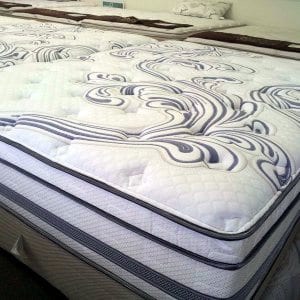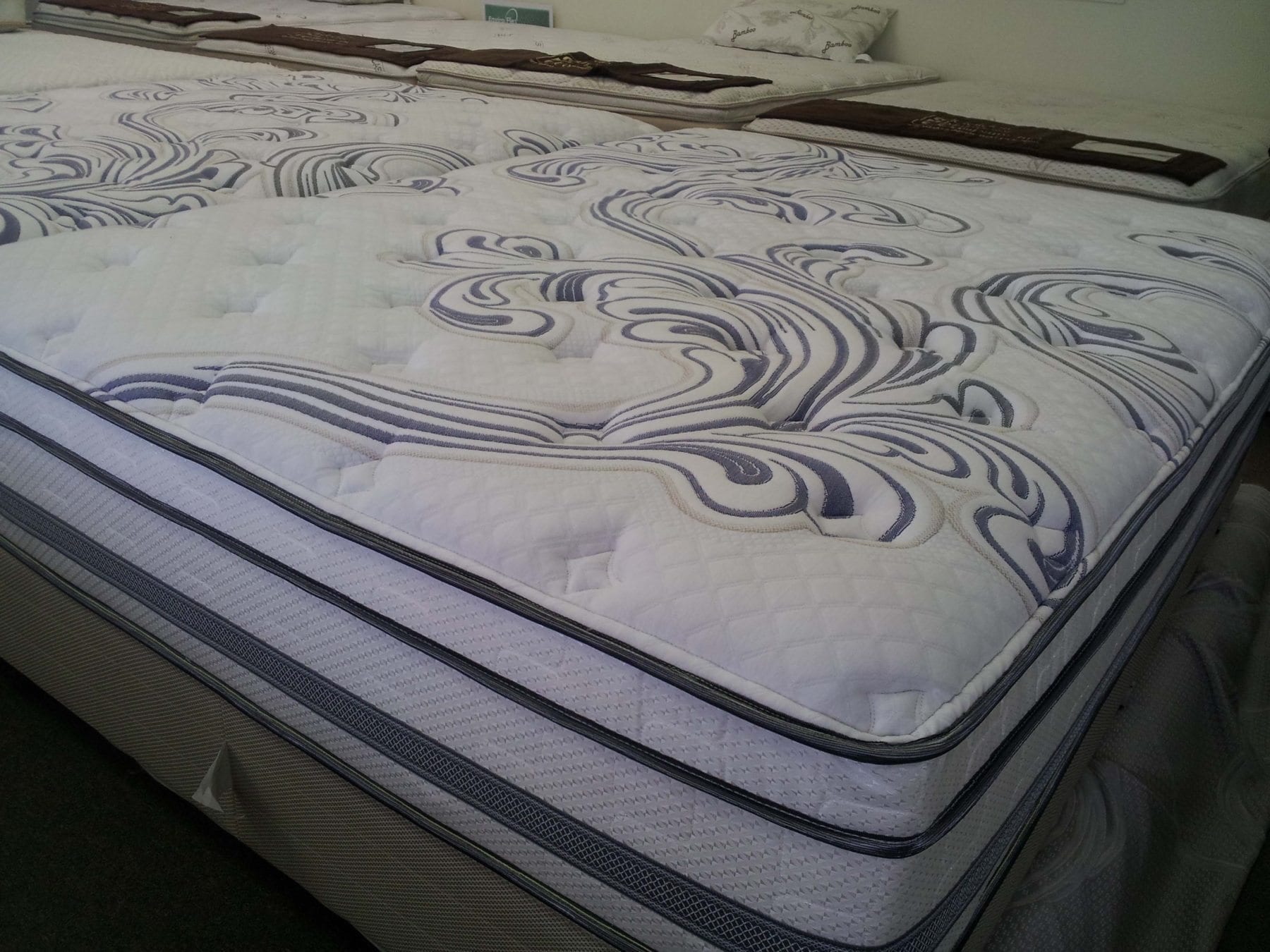Here is an interesting article I found on NBC News regarding sleep positions:
Sleep on your stomach and have sexier dreams?
In the classic movie White Christmas, Bing Crosby jokingly tells Rosemary Clooney that by eating the right sandwich before bed, he can make sure he dreams about redheads, or blondes. If only we could all influence the content of our dreams so easily.
Well, a dream researcher in Hong Kong named Calvin Kai-Ching Yu, of Shue Yan University, says we can, at least a little.
For a study released last week in the journal Dreaming, he sampled 670 people, mostly university students, two-thirds of whom were females. He had them complete surveys about the intensities of their dreams, how often their dreams contained specific themes (such as flying, being chased, suffocation, and so on), and personality traits. They also indicated how often they slept on their sides, face up (supine), or face down (prone) on a five point scale from “never” to “almost every time.”
Bottom of Form
VIEW RESULTS
When he analyzed the numbers, he found that the prone sleepers, as a group, were much more likely to score highly on what he calls the Dream Motif Scale (DMS), regardless of their personality type. Motifs like “persecution,” “erotomania,” and “sex” appeared significantly more frequently.
He concluded that “this study provides the evidence that dream experiences, and in particular dream content, can be influenced by body posture during sleep.”
In other words, sleeping face down is more likely to give you intense dreams featuring several common themes. Among the persecution motifs, for example, people reported “being tied up,” “being locked up,” and “unable to move.”
But why would position influence the content of our dreams? Kai-Ching Yu believes that the prone position provides more intense physical stimulus, making it tougher to breathe, for example, and making our bodies feel more constricted.
“The unconscious brains of the dreamers try to make sense, and even make use of, the external stimuli,” he told NBCNews.com.
It’s something like the dreams we have – common across cultures – when we have to urinate. We’re sleeping, but the pressure begins influencing our dream content so we start dreaming about bathrooms, or having to go. Also, when we’re face down, our genitals are receiving more stimulus from the bed and sheets, he speculates, so our brains incorporate that into sex-related dreaming.
He may be right, but there are reasons to be skeptical. First, a common problem in dream research is that people often don’t accurately recall their dreams even when they’ve just awakened. Also, while many people may think they know what position they sleep in, they’re often wrong. The dream scales Kai-Ching Yu used in his study were invented by him and, he said, they have not been validated by other researchers, though he has used them in many studies and gotten consistent results.
But the biggest reason for skepticism is that other scientists argue we’re cut off from the external world when we’re asleep. We’re in a completely internal realm – at the mercy of what sleep researchers from Harvard have called “a virtual reality system” without meaningful responses to the outside world, like the touch of sheets or the pressure of our bodies laying face down.
He doesn’t completely disagree, but said “I believe that the brain during sleep is not at all totally detached from the external world, and somatosensory stimuli, including those stemming from the environment, are probably incorporated into dream content more often than people observe or are aware of.” This is especially true, he thinks, at the unconscious level. That’s where our brains try to make sense, even if distorted, of what the body’s feeling.






